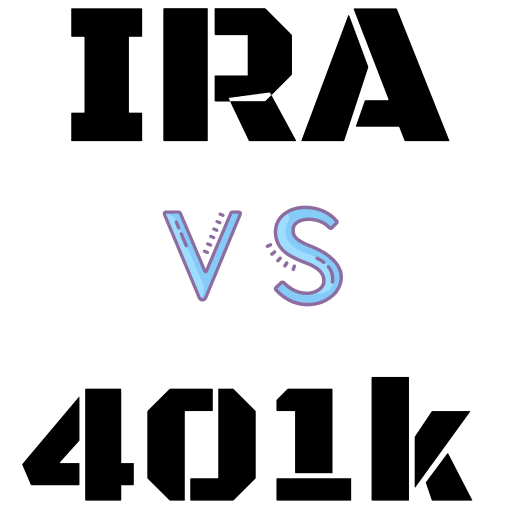
Text size
The tax system is replete with brackets and deductions that make it difficult for retirees and other savers to navigate. It can help to have a map.
Yunkiphotoshot/Dreamstime
Michael Macke, co-owner of Petros Financial Group, says retirees and workers whose wages don’t fluctuate much should at the start of each year tally up all of their expected sources of annual income, determine their deductions, and figure out which tax bracket they’ll fit in. There are seven tax brackets—10%, 12%, 22%, 24%, 32%, 35% and 37%—based on adjusted gross income, which is the total of all income sources during the year, minus any deductions.
“You want to get into the habit of trying to forecast what your income is going to be for the year,” Macke says. “You can start to look at what tax bracket you’re going to be in, and that’s one of your best tools in being able to manage your taxes properly.”
Once that baseline map has been drawn up, he says, there are a number of other actions that can help reduce a taxpayer’s burden:
Manage distributions and accounts: Retirees collecting Social Security might be able to plan their withdrawals from 401(k) or similar accounts so as not to hit the income threshold that triggers the next-highest tax bracket, Macke says. Seniors with high adjusted gross income are taxed on a larger portion of their Social Security benefits and pay higher Medicare premiums, so withdrawals from retirement accounts should be planned so as not to hit those higher income thresholds.
What’s more, Macke suggests retirees delay collecting Social Security until age 70 if they can, as monthly benefits increase about 8% for each year after 62 that they’re not claimed. “One strategy might be withdrawing from an IRA and deferring your Social Security,” he says. “The decision on when to file for Social Security also is about how you maximize your benefits.”
Similarly, retirees with both a traditional 401(k) and a Roth 401(k) can withdraw from those accounts strategically to avoid paying higher taxes. Distributions from the traditional 401(k) are taxed as income, but Roth distributions are tax-free, so retirees can adjust their withdrawal amounts from each account to fit into a lower tax bracket, Macke says.
When retirees hit 72, they will have to take required minimum distributions from their retirement savings accounts, but since they know this ahead of time, they may be able to adjust their other sources of income accordingly, he adds.
With the 2017 federal tax cuts set to expire after 2025, workers and retirees should consider converting their traditional 401(k) or individual retirement accounts into a Roth 401(k) or Roth IRA, Macke says. They will pay taxes now, but since tax rates are set to go up, they likely will be saving money in the long run, he adds.
Know your deductions: The standard deduction was almost doubled in 2017, so the majority of tax filers now use it instead of itemizing their deductions. For 2021, the standard deduction is $12,550 for singles and $25,100 for married couples.
Those who think they might have deductions exceeding those levels should keep track of their itemized expenses throughout the year, including things like home-mortgage interest, medical expenses, and charitable donations, Macke says. Charitable donations also can be planned to help retirees or workers fit into a lower tax bracket.
“There still are people that have the ability to itemize,” Macke says. “That’s a good one to work with your tax preparer on to find out if there are years when you can bundle your expenses and maybe it is more than the standard deduction.”
Take advantage of tax credits: There are tax credits for college expenses, saving for retirement, adopting children, and some childcare expenses.
In general, a taxpayer whose modified adjusted gross income is $80,000 or less ($160,000 or less for married couples) can claim the American opportunity tax credit to offset the costs of college tuition and other educational expenses for eligible students. There’s a maximum annual credit of $2,500 per student for the first four years of higher education.
For low- to middle-income retirement savers, the Saver’s Credit may be an option. Depending on your income and tax-filing status, you can claim the credit for 50%, 20%, or 10% of the first $2,000 you contribute to a retirement account.
Macke says these credits and others “reduce your taxable income with a bonus.”
“They subtract directly from any tax debt one ends up owing after having taken all the deductions they’re entitled to,” he says. “A deduction reduces the amount of income that you pay tax on. A credit reduces the actual taxes dollar for dollar. Typically, as you get closer to retirement, a lot of those credits don’t apply.”
Write to retirement@barrons.com
